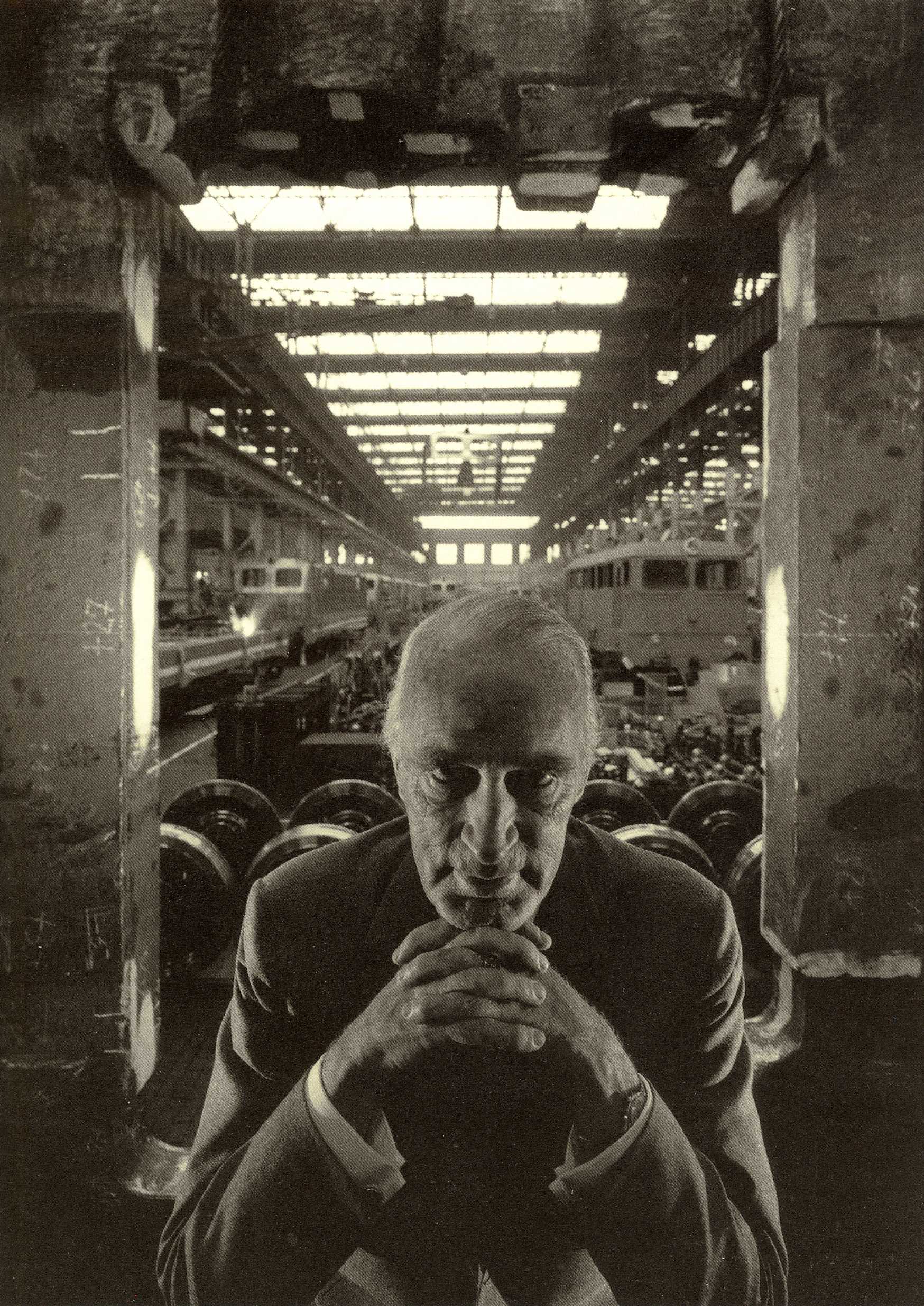Arnold Newman
EXHIBITION Jun 14 — Aug 30, 2008

ARNOLD NEWMAN (1918–2006)
Igor Stravinsky, New York City, 1946
gelatin silver print, printed ca. 1946
18,2 x 34,5 cm
© Estate of the Artist / Courtesy Kicken Berlin

ARNOLD NEWMAN (1918–2006)
Pablo Picasso , Vallauris, France, 1954
gelatin silver print, printed later
32,2 x 25 cm
© Estate of the Artist / Courtesy Kicken Berlin

ARNOLD NEWMAN (1918–2006)
Francis Bacon, London, 1975
gelatin silver print, printed later
33,2 x 22,5 cm
© Estate of the Artist / Courtesy Kicken Berlin

ARNOLD NEWMAN (1918–2006)
Alfried Krupp, Essen, 1963
gelatin silver print, printed ca. 1963
32,2 x 22,7 cm
© Estate of the Artist / Courtesy Kicken Berlin

ARNOLD NEWMAN (1918–2006)
Robert Oppenheimer, Berkeley, California, ca. 1948
gelatin silver print, printed ca. 1948
27,8 x 22,2 cm
© Estate of the Artist / Courtesy Kicken Berlin

ARNOLD NEWMAN (1918–2006)
I.M. Pei, New York City, 1967
gelatin silver print, printed ca. 1967
31 x 25,5 cm
© Estate of the Artist / Courtesy Kicken Berlin

ARNOLD NEWMAN (1918–2006)
Jean Arp, New York City, 1949
gelatin silver print, mounted, printed later
34,6 x 25,3 cm
© Estate of the Artist / Courtesy Kicken Berlin
Exhibition Text
American ARNOLD NEWMAN’s (1918–2006) portrait photography is a virtual Who's Who of the Twentieth Century. Creative genuises and intellectuals – from Arthur Miller to Frank Lloyd Wright, Pablo Picasso and Jackson Pollock to Andy Warhol – consented to portraits, as did statesmen, cardinals and financial and business giants such as Rupert Murdoch and Alfried Krupp. Newman worked for magazines such as Life, Holiday, Look, Vanity Fair, Scientific American, Haarper's Bazaar among others, taking portraits of luminaries including Lyndon B. Johnson and Bill Clinton, Konrad Adenauer, Shimon Peres, Yassir Arafat and Benjamin Netanjahu. ARNOLD NEWMANs photographs set new standards of iconography in 20th century portrait photography. Newman, who portrayed his subjects in carefully arranged, real-life settings, is considered the originator of the Environmental Portrait, images that – as a modern variant of Baroque portraiture – simultaneously become character studies. Especially impressive in this respect is the portrait of Alfried Krupp, the industrial magnate who was convicted for Nazi war crimes. Shown in his steelworks in Essen, this is not only the portrait of a controversial personage, it also forges an image of the turbulent history of the 20th century. (Claudia Wente)

